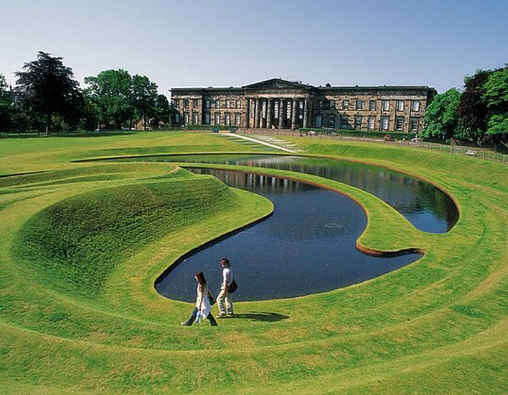Exploring the Evolution of Postmodern Landscape Architecture
Postmodernism in architecture emerged in the late 20th century as a reaction against the rigid principles of modernism. This movement sought to break free from conventions and embrace creativity, diversity, and individual expression. In landscape architecture, postmodernism brought about significant changes in design philosophy and aesthetics.
Breaking away from tradition
Postmodern landscape architecture marked a departure from the traditional emphasis on symmetry, order, and simplicity. Instead, designers began to incorporate a more eclectic mix of styles, materials, and elements into their projects. This approach allowed for greater creativity and experimentation in creating dynamic and visually stimulating outdoor spaces.
Embracing diversity and symbolism
Postmodern landscape architecture also emphasized the incorporation of cultural elements and symbolism into design. This trend brought about a renewed interest in incorporating elements such as statues, sculptures, and traditional motifs into outdoor spaces. By blending these elements with natural features, designers were able to create landscapes that were not only visually appealing but also carried deeper meanings and cultural significance.
Playing with scale and perspective
Another key aspect of postmodern landscape architecture is the manipulation of scale and perspective. Designers began to experiment with oversized elements, such as larger-than-life sculptures and exaggerated plantings, to create a sense of whimsy and playfulness in outdoor spaces. By challenging traditional notions of scale and proportion, designers were able to create landscapes that were dynamic and engaging.
Incorporating sustainability and ecology
As awareness of environmental issues grew, postmodern landscape architecture also began to focus on sustainability and ecology. Designers sought to create landscapes that were not only aesthetically pleasing but also environmentally friendly and resilient. This approach led to the incorporation of sustainable practices, such as water conservation, native plantings, and green infrastructure, into landscape design.
Looking towards the future
Today, postmodern landscape architecture continues to evolve and adapt to changing societal values and environmental challenges. Designers are exploring new ways to integrate technology, renewable energy, and innovative materials into their projects. By reimagining the relationship between humans and nature, postmodern landscape architecture is paving the way for a more sustainable and interconnected built environment.
In conclusion, the evolution of postmodern landscape architecture has brought about a newfound sense of creativity, diversity, and sustainability in outdoor design. By breaking away from tradition and embracing cultural elements, symbolism, and sustainability, designers are creating landscapes that are not only visually stunning but also meaningful and environmentally responsible. As this movement continues to evolve, it promises to shape the future of landscape architecture in exciting and innovative ways.

